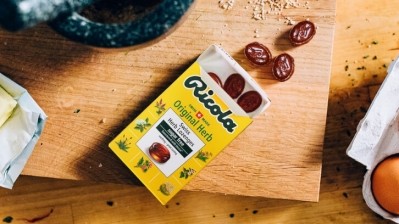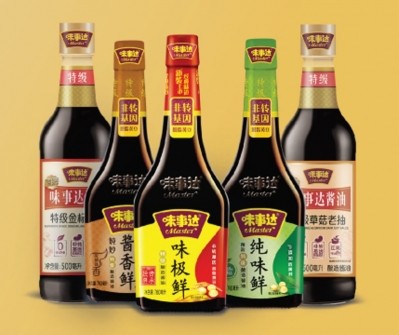Innovation challenge: How can firms meet reformulation and fortification demands while remaining cost competitive?

Consumer demand for product premiumisation at more affordable prices has skyrocketed over the past year, and with inflationary hikes and logistic costs also on the rise, firms can struggle to remain competitive.
“Many brands want to reformulate or fortify their products to add value to these, but face the challenge of doing this whilst maintaining final product costs that they know are acceptable to consumers as it can be daunting to know what and how to change,” IMCD APAC Market Segment Director and Regional Technical Manager Food & Nutrition Koh Wanlin told FoodNavigator-Asia at the recent Fi Asia 2023 show in Bangkok.
“There are actually multiple factors that can be considered when it comes to implementing more efficient and effective reformulation, such as the origin of ingredients – for Asian food firms, it would make sense to focus on sourcing raw materials from nearer sources to cut down on shipping costs and possibly even add value by varying the types of ingredients available.
“There are also hikes resulting from specific items – for example eggs in Singapore, which recently saw an immense rise in pricing especially when its main source Malaysia banned exports across the border.
“Knowing that this is the main issue causing price increases, bakery companies for example can actually focus on that one item, to remove eggs from their formulations and substitute this with alternatives such as whey protein that can still give the rise needed.
“The key thing is to identify the main area of concern and address it accordingly with alternatives that can increase product efficiency and value whilst maintaining or improving quality or functionality such that consumers can see and appreciate these, in order to increase desirability.”
She added that the same approaches can also be applied to product reformulation to reduce sugar and fat content.
“Sugar is also often an area of concern because of both the health connotations and that the prices tend to fluctuate a lot,” Koh said.
“Then there is also butter, which usually is more in the spotlight as a result of having very premium pricing and a specific buttery flavour that is difficult to mimic – but today, there are enzymatic processes that are able to bring this into products.
“Looking at these, we do foresee that ingredient costing concerns will continue to be a focus into 2024, which in turn means that affordability will continue to be top-of-mind for consumers in APAC, so food firms are really going to need to continue to innovate with this as a top priority.”
Such is the firm’s confidence in affordability as a strong trend moving forward that it set up a specific platform focused on affordable product innovation, to maintain or improve product premiumisation whilst still reducing costs.
Convenience not to be trifled with
At the same time, Koh also sees the rise of convenient product options as a key area of focus in the region, a remnant of sorts of the pandemic lockdowns.
“The pandemic saw a lot of consumers locked at home but struggling to cook, which drove the rise of convenient food products such as ready-to-cook meal kits – these used to be more of a thing in western markets, but now it is very much in APAC as well,” she said.
“South Korea, Australia and Singapore especially are seeing a lot of innovation in this area, and ambient options especially are an interesting area as the costs tend to be lower due to less need for cold chain logistics and supermarket storage, whilst also having longer shelf life.”






















